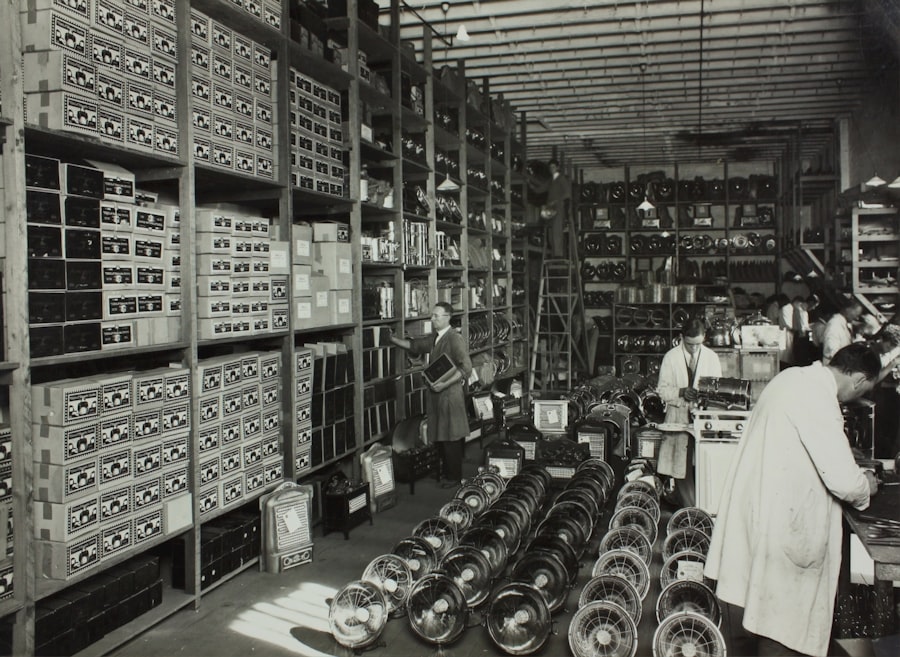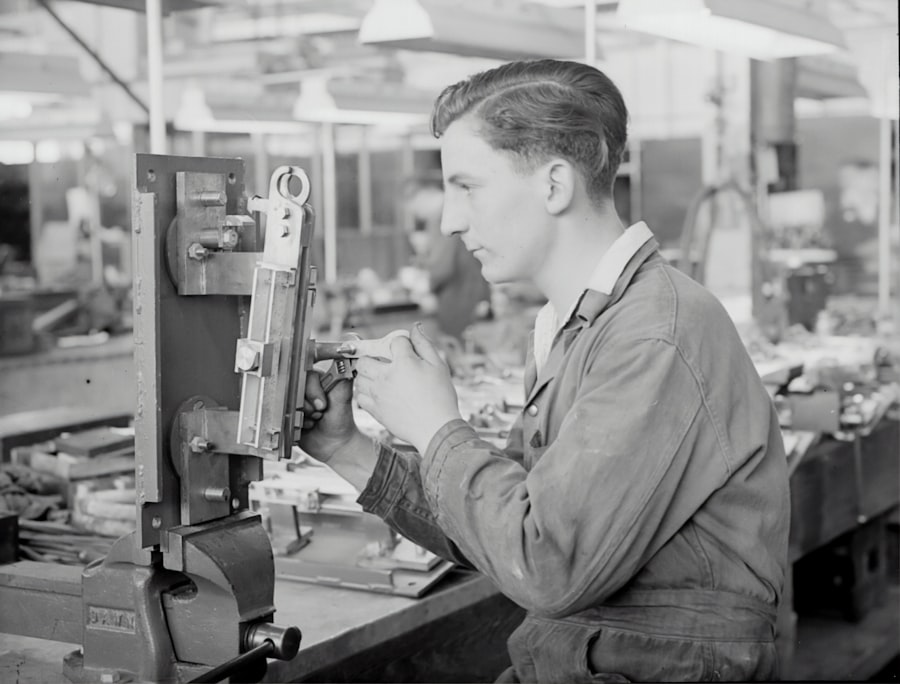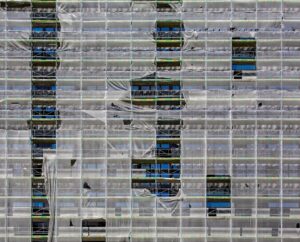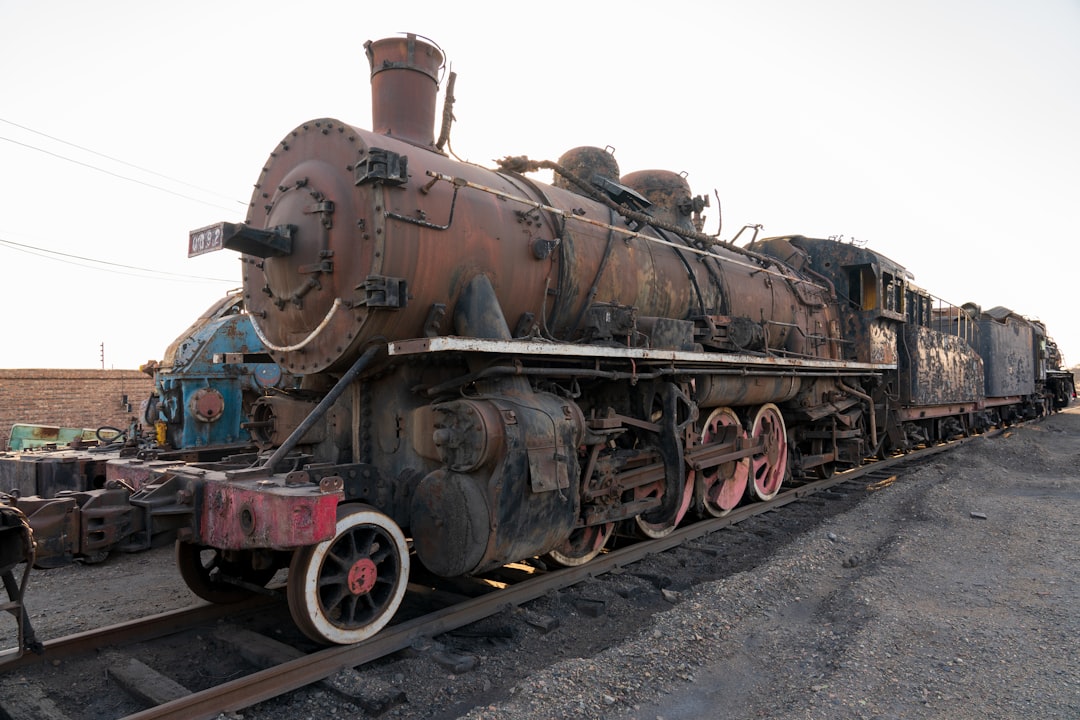The early modern period, spanning roughly from the late 15th century to the late 18th century, marked a significant transformation in the structure and function of workshops across Western Europe. Initially, workshops were small-scale operations, often family-run, where artisans honed their crafts in a communal setting. These workshops were characterized by a close-knit environment where knowledge and skills were passed down through generations.
Craftsmen such as blacksmiths, weavers, and carpenters operated within guild systems that regulated trade practices, maintained quality standards, and provided a sense of community among artisans. The guilds not only protected the interests of their members but also played a crucial role in the economic landscape by controlling entry into trades and ensuring that apprentices received proper training. As the early modern period progressed, the nature of these workshops began to evolve due to various socio-economic factors.
The rise of urban centers and increased trade during the Age of Exploration led to a burgeoning demand for goods, which in turn prompted artisans to expand their operations. Workshops began to adopt more specialized roles, with craftsmen focusing on specific aspects of production rather than engaging in a wide array of tasks. This specialization allowed for greater efficiency and quality in craftsmanship, as artisans could dedicate their time and resources to mastering particular skills.
The emergence of new materials and techniques, influenced by global trade routes, further enriched the workshop environment, leading to innovations in design and production methods.
Key Takeaways
- Workshops in the early modern West were small-scale and often family-run, with craftsmen working in close proximity to each other.
- Industrialization led to a shift from craftsmanship to mass production, as machines and factories replaced traditional workshops.
- Factories and mass production transformed the way goods were produced, leading to increased efficiency and lower costs.
- Technology played a crucial role in shaping the early modern industry, with inventions such as the steam engine revolutionizing production processes.
- Industrialization had significant social and economic consequences, including urbanization, the rise of the working class, and widening economic disparities.
The Impact of Industrialization on Craftsmanship
The onset of industrialization in the late 18th century brought about profound changes to traditional craftsmanship. As mechanization took hold, many artisanal practices faced significant challenges. The introduction of steam power and machinery revolutionized production processes, allowing for goods to be manufactured at an unprecedented scale.
This shift not only increased output but also reduced the reliance on skilled labor. Craftsmen who had once taken pride in their intricate handiwork found themselves competing against machines that could produce items faster and more uniformly. The artisanal ethos, which emphasized individuality and craftsmanship, began to wane as mass production became the norm.
Despite these challenges, some artisans adapted to the changing landscape by embracing new technologies and integrating them into their practices. For instance, certain skilled trades began to incorporate mechanized tools that enhanced their capabilities without completely sacrificing the artisanal touch. This hybrid approach allowed craftsmen to maintain a degree of control over their work while benefiting from the efficiencies offered by industrialization.
However, this adaptation was not universal; many traditional artisans struggled to survive in an economy increasingly dominated by factories and mass-produced goods. The tension between preserving craftsmanship and embracing industrial efficiency became a defining characteristic of this era.
The Rise of Factories and Mass Production

The factory system emerged as a hallmark of industrialization, fundamentally altering the landscape of production in the early modern West. Factories centralized labor and resources, bringing together large numbers of workers under one roof to produce goods on a scale previously unimaginable. This shift was driven by several factors, including advancements in technology, access to raw materials, and the need for efficient production methods to meet growing consumer demand.
Factories became synonymous with mass production, where standardized products could be churned out rapidly, often at lower costs than their handcrafted counterparts. The rise of factories also had significant implications for labor dynamics. Workers were often subjected to long hours in harsh conditions, with little regard for their well-being or safety.
The assembly line model, popularized by figures like Henry Ford in the early 20th century, epitomized this shift towards efficiency at the expense of individual craftsmanship. While factories enabled the production of affordable goods that were accessible to a broader segment of society, they also contributed to the alienation of workers from their labor. The repetitive nature of factory work contrasted sharply with the creative engagement that characterized traditional craftsmanship, leading to a growing sense of disconnection among laborers.
The Role of Technology in Shaping the Early Modern Industry
Technology played a pivotal role in shaping the early modern industry, acting as both a catalyst for change and a tool for innovation. The introduction of new machinery transformed production processes across various sectors, from textiles to metallurgy. Innovations such as the spinning jenny and the power loom revolutionized textile manufacturing by significantly increasing output while reducing labor costs.
These technological advancements not only enhanced productivity but also altered the skill sets required for workers, as manual techniques were supplanted by machine operation. Moreover, technology facilitated the rise of new industries that had previously been nonexistent or marginal. The development of steam engines enabled factories to operate independently of water sources, allowing them to be located in urban centers where labor was readily available.
This geographical shift contributed to urbanization as people flocked to cities in search of work. Additionally, advancements in transportation technology, such as railroads and steamships, expanded markets for industrial goods and facilitated the movement of raw materials and finished products across vast distances. The interplay between technology and industry during this period laid the groundwork for modern economic systems and reshaped societal structures.
The Social and Economic Consequences of Industrialization
The social and economic consequences of industrialization were profound and far-reaching. On one hand, industrialization spurred economic growth and increased productivity, leading to higher standards of living for some segments of society. The proliferation of factories created job opportunities for millions, particularly in urban areas where agricultural work was declining.
However, this rapid urbanization also brought about significant challenges, including overcrowding, poor living conditions, and inadequate infrastructure. Many workers found themselves living in squalid conditions with limited access to basic necessities such as clean water and sanitation.
A distinct working class arose alongside a burgeoning capitalist class that owned and operated factories. This division created tensions between laborers seeking better wages and working conditions and industrialists focused on maximizing profits. Labor movements began to take shape as workers organized strikes and protests to demand rights and protections against exploitation.
The struggle for labor rights became a defining feature of this era, leading to significant reforms over time but also highlighting the stark inequalities that industrialization had wrought.
The Legacy of Early Modern Industry in Shaping the Modern World

The legacy of early modern industry is evident in numerous aspects of contemporary society. The transition from artisanal workshops to factories laid the foundation for modern manufacturing practices that continue to dominate economies worldwide. The principles of mass production established during this period have been refined over time but remain central to industries ranging from automotive manufacturing to consumer electronics.
Furthermore, the technological innovations that emerged during early industrialization paved the way for subsequent advancements that have transformed daily life. In addition to economic implications, the social changes initiated by early modern industry have had lasting effects on societal structures and relationships. The rise of the working class and labor movements has influenced political ideologies and policies around workers’ rights globally.
Moreover, the environmental consequences of industrialization have prompted ongoing discussions about sustainability and responsible production practices in today’s world. As we navigate contemporary challenges such as climate change and resource depletion, understanding the historical context of early modern industry provides valuable insights into how we can shape a more equitable and sustainable future while acknowledging the complexities inherited from our industrial past.
If you are interested in exploring the intersection of ethnography and filmmaking, you may enjoy reading the article Exploring the Intersection of Ethnography and Filmmaking: Capturing Culture in Visual Form. This article delves into how visual storytelling can capture the essence of different cultures and societies, providing a unique perspective on the world around us.
FAQs
What is the early modern West?
The early modern West refers to the period of history from the late 15th century to the late 18th century in Europe, characterized by significant social, political, and economic changes.
How did industry redefine the early modern West?
The transition from workshops to factories during the early modern period led to the mechanization of production, increased urbanization, and the rise of capitalism, fundamentally reshaping the economic and social landscape of the West.
What were some key industries during the early modern period?
Key industries during the early modern period included textiles, mining, agriculture, and shipbuilding, all of which experienced significant changes due to industrialization.
What were the social impacts of industrialization in the early modern West?
Industrialization led to the growth of urban centers, the emergence of a working class, and changes in social structures and relationships, as well as the development of new social and economic classes.
How did industrialization impact the economy of the early modern West?
Industrialization led to increased productivity, the expansion of markets, and the growth of trade and commerce, contributing to the overall economic development of the early modern West.






















+ There are no comments
Add yours